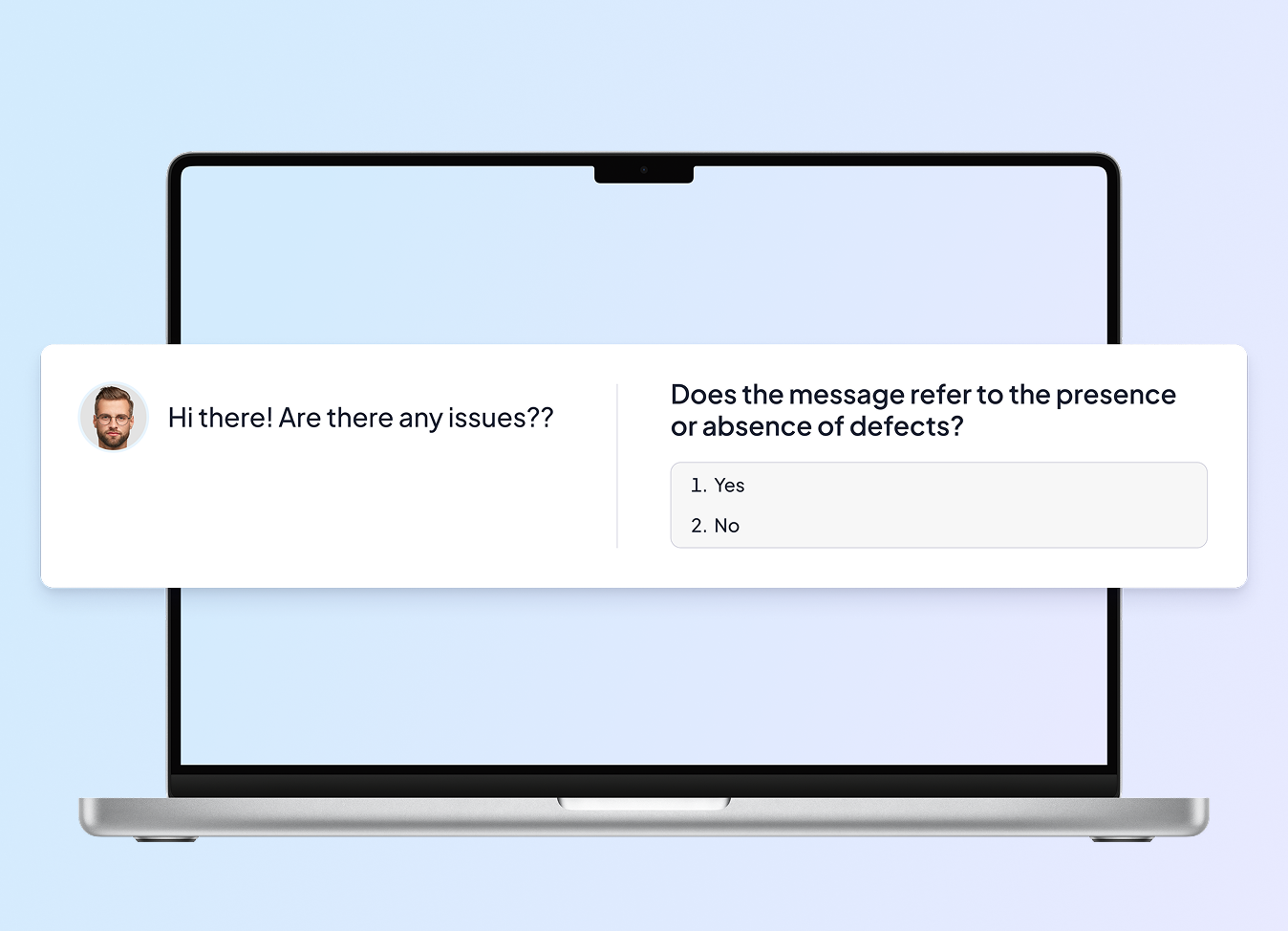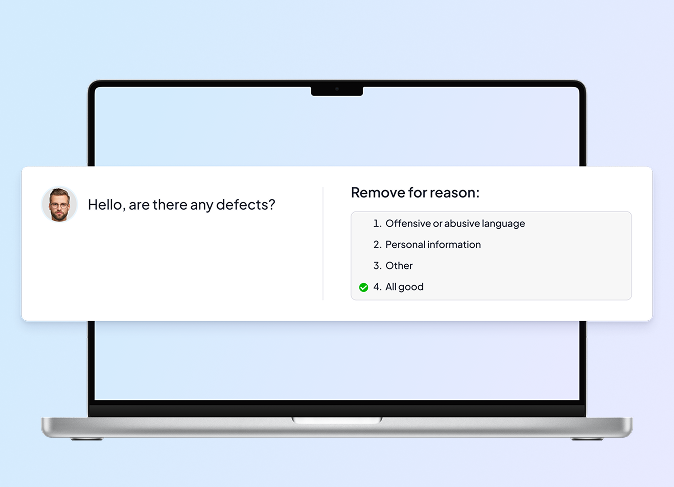Task:
The client needed annotated data for training a sentiment analysis model. The task was to classify each text snippet by its emotional tone — positive, negative, or neutral — while considering the nuances of informal language, sarcasm, and context.
Key challenges included:
-
- Subtle sentiment cues: Sentiment was often implied rather than explicit, especially in short-form content like tweets or support chats.
- Ambiguity and subjectivity: Many texts were borderline in sentiment, requiring annotators to apply consistent interpretation rules.
- Domain variation: The dataset spanned multiple domains (e.g., e-commerce, tech support, entertainment), each with its own tone, jargon, and sentiment indicators.
Solution:
-
- 01
-
Preparation and guidelines
- Created domain-specific sentiment annotation guidelines with real-world examples
- Defined detailed rules for handling sarcasm, negation, and mixed signals
- Provided initial batches with expert-reviewed annotations as reference sets
- Conducted remote training sessions with interactive exercises and QA discussion
-
- 02
-
Annotation process
- Annotators labeled text samples using a structured 3-class system (positive, negative, neutral)
- Borderline or uncertain cases were flagged for team review
- Domain shifts were handled by tagging each sample with context metadata for future fine-tuning
-
- 03
-
Quality control
- Weekly quality audits were performed on random samples by expert validators
- Implemented a double-review process for low-agreement cases
- Annotators received regular feedback based on error patterns and validation reports
Results:
Accurately annotated 12,000 text samples with sentiment polarity
Achieved inter-annotator agreement of over 92% on final batches
Developed scalable sentiment labeling workflows adaptable to new domains
Enabled the client to improve their model’s performance on noisy, real-world text data






